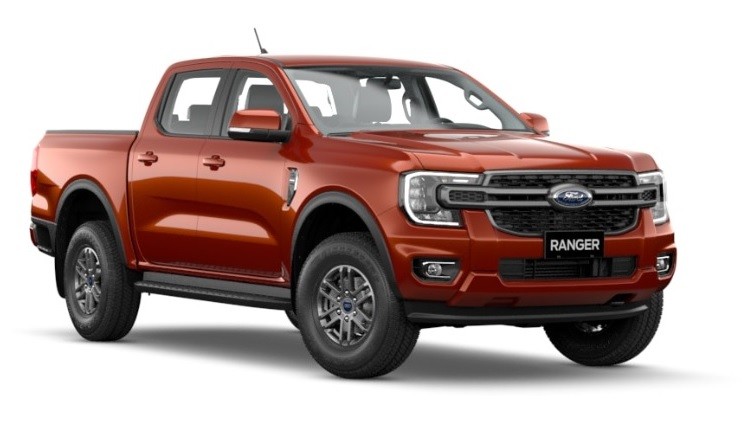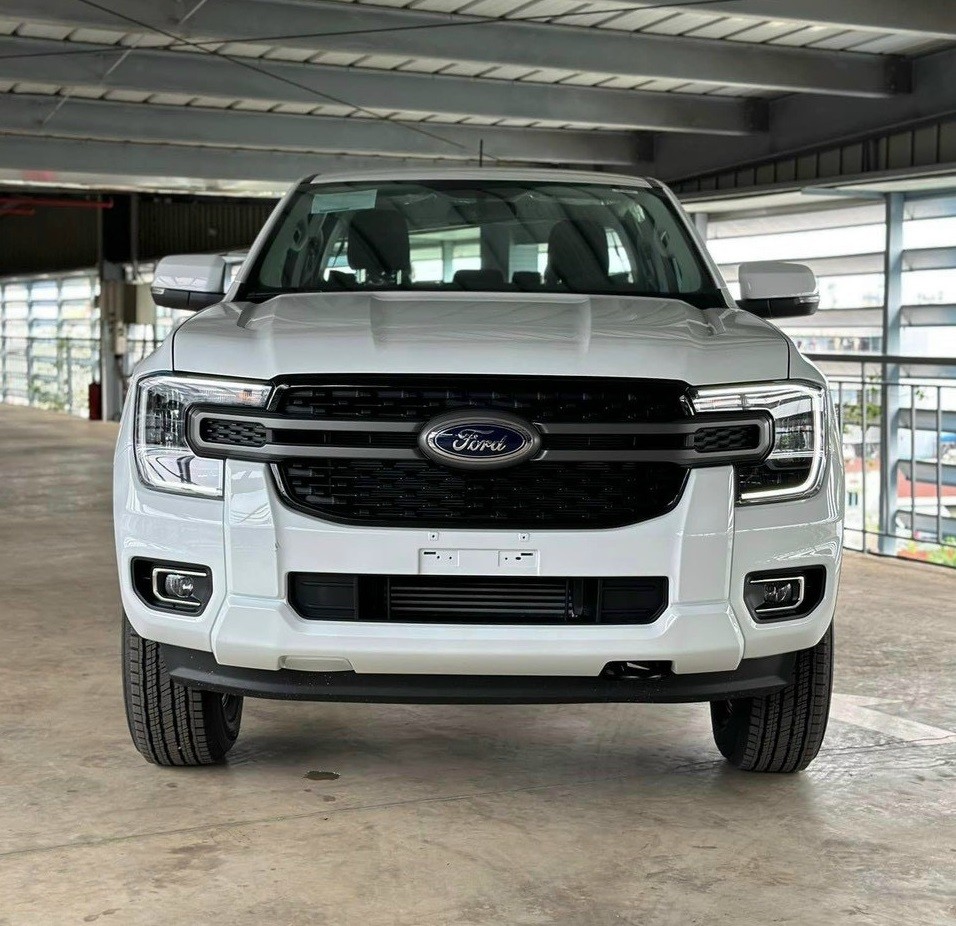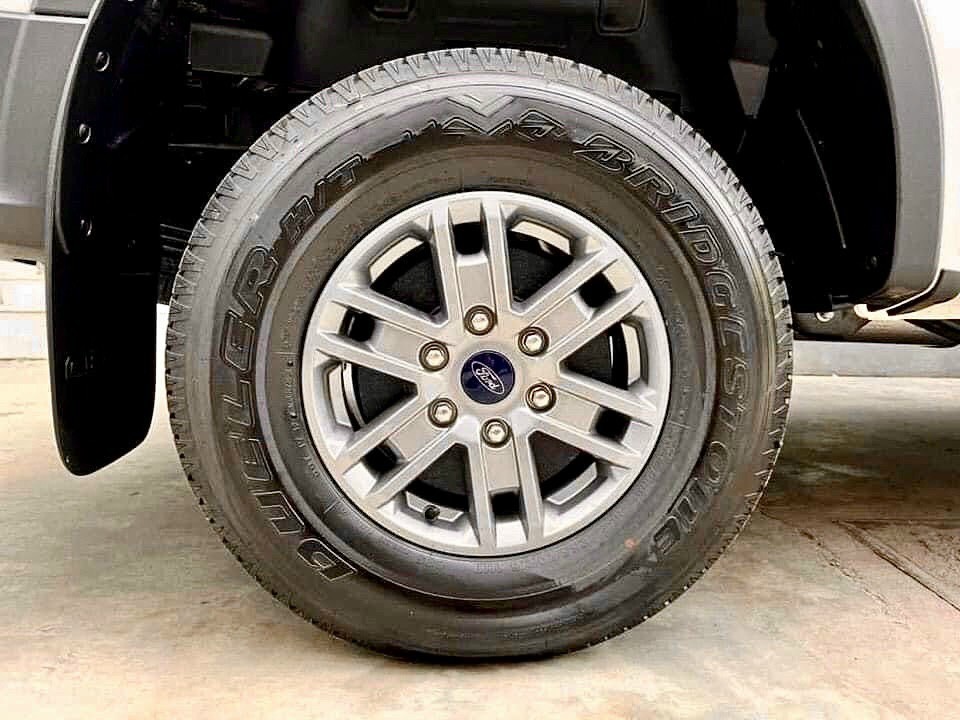Ford Ranger is renowned for its robust performance and impressive load-carrying capability. However, proper load distribution on your Ford Ranger is crucial for ensuring safety and optimal performance. This article will guide you on how to distribute cargo correctly in your Ford Ranger.
 Red Ford Ranger XLS 4×4 AT 2025 showcasing its load-carrying capacity.
Red Ford Ranger XLS 4×4 AT 2025 showcasing its load-carrying capacity.
Red Ford Ranger XLS 4×4 AT 2025, illustrating the load capacity of this vehicle line.
The Importance of Proper Load Distribution
Uneven load distribution can lead to several serious issues, including:
- Reduced control: The vehicle may become unbalanced and difficult to handle, especially when cornering or braking abruptly.
- Uneven tire wear: Tires bearing a heavier load will wear out faster, compromising safety and incurring unnecessary replacement costs.
- Suspension system damage: The suspension system can be overloaded and damaged if subjected to excessive pressure for extended periods.
- Reduced fuel efficiency: The vehicle has to work harder to carry an unbalanced load, resulting in higher fuel consumption.
- Rollover risk: In cases of excessively heavy and unevenly distributed loads, the vehicle can roll over, especially when driving on uneven roads or making sharp turns.
Principles of Load Distribution on Ford Ranger
To ensure safety and performance, adhere to the following principles when distributing cargo on your Ford Ranger:
- Place heaviest items in the center of the truck bed: Position the heaviest items in the center of the truck bed, as close to the rear axle as possible. This helps balance the vehicle’s weight and reduces stress on the suspension system.
 Ford Ranger XLS 4×4 AT 2025 truck bed, illustrating ample space for cargo distribution.
Ford Ranger XLS 4×4 AT 2025 truck bed, illustrating ample space for cargo distribution.
Image illustrating the truck bed of a Ford Ranger XLS 4×4 AT 2025, showing ample space for cargo distribution.
- Distribute load evenly: Avoid concentrating the load in a single location. Spread the cargo evenly across the truck bed so that the weight is distributed equally on all four wheels.
- Secure cargo firmly: Use straps, nets, or other securing devices to ensure cargo does not shift during transit. This helps maintain vehicle balance and prevents damage to the cargo.
- Do not exceed the permitted load capacity: Check the payload capacity of your Ford Ranger in the owner’s manual. Exceeding the permitted load is dangerous and may result in penalties. The payload capacity is calculated as the total weight of passengers, cargo, and fuel.
 White Ford Ranger XLS AT 2025 exterior, highlighting its robust and capable performance.
White Ford Ranger XLS AT 2025 exterior, highlighting its robust and capable performance.
Exterior of a white Ford Ranger XLS AT 2025, showcasing its robust nature and capable performance.
- Check tire pressure: Ensure tire pressure is correct according to the manufacturer’s recommendations, especially when carrying heavy loads. Low tire pressure can reduce vehicle control and increase the risk of tire blowouts.
Conclusion
Proper load distribution on your Ford Ranger is essential for ensuring safety and performance. By following these principles, you can maximize the load-carrying capability of your vehicle and have peace of mind on every journey. Always prioritize safety and drive responsibly.
 Ford Ranger XLS AT 2025 driving on the road, emphasizing the importance of proper load distribution.
Ford Ranger XLS AT 2025 driving on the road, emphasizing the importance of proper load distribution.
Image of a Ford Ranger XLS AT 2025 driving on the road, emphasizing the importance of proper load distribution.
